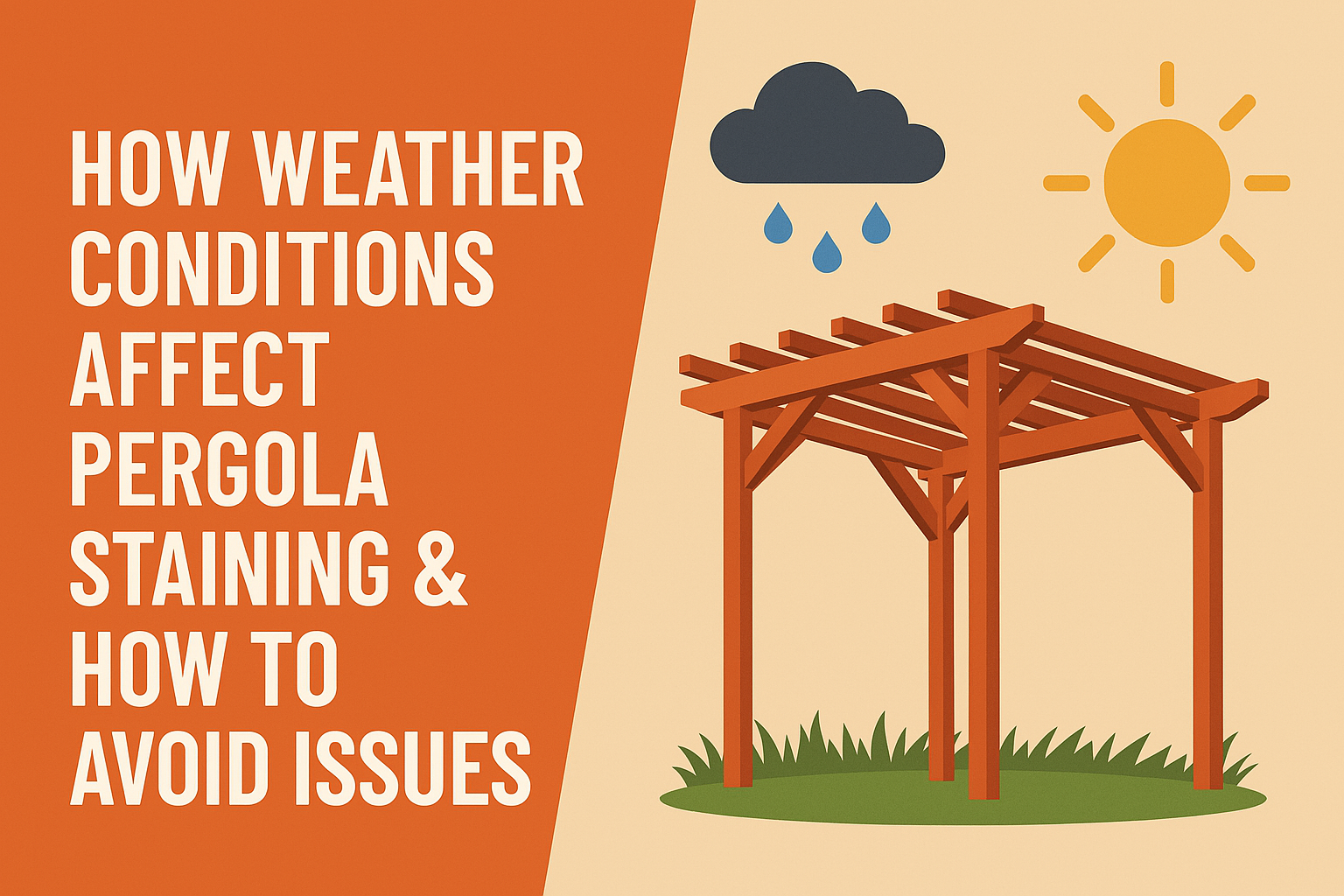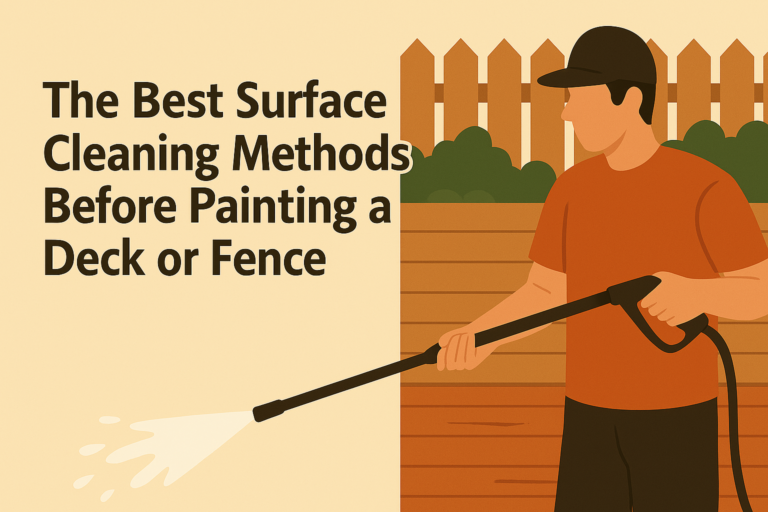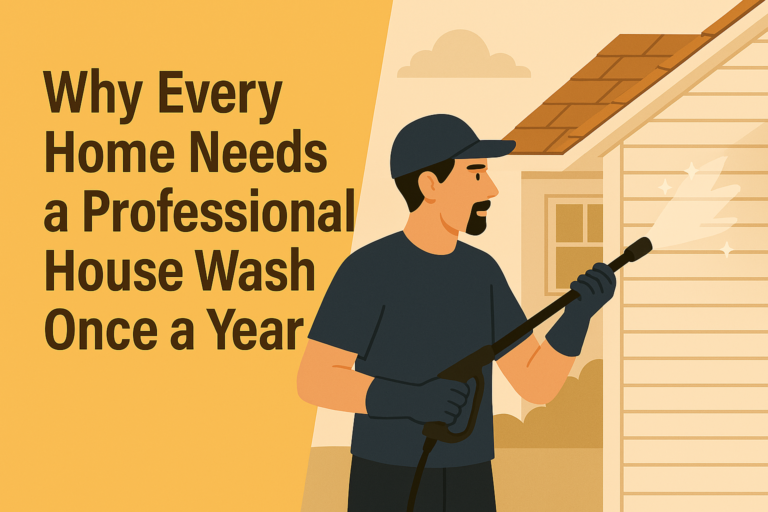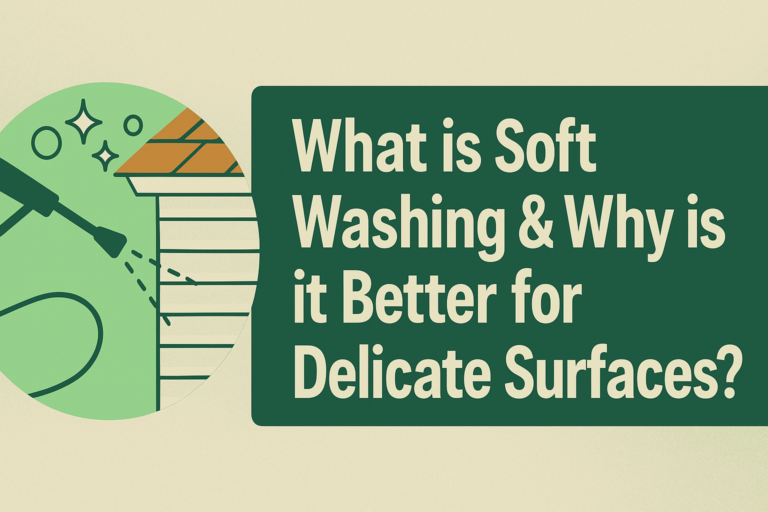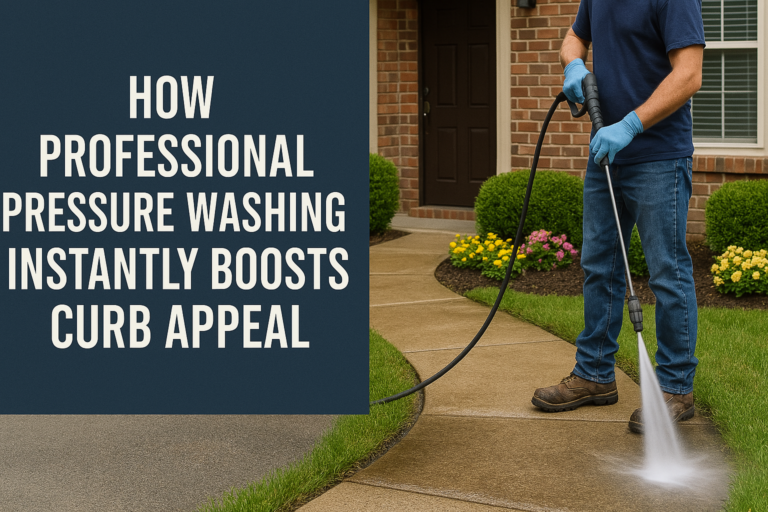How Weather Conditions Affect Pergola Staining & How to Avoid Issues
A pergola — it’s like the crown jewel of your backyard, right? Whether it’s hosting your weekend BBQs, offering a shaded spot for those lazy afternoon naps, or serving as the perfect frame for twinkling fairy lights at night, a pergola turns any outdoor space into a personal retreat.
But here’s the thing: while it’s great at giving you a place to kick back and relax, your pergola also gets the short end of the stick when it comes to weather. From scorching sun to torrential rain, it’s battling the elements 24/7. And if you’re not careful, it could start showing signs of wear.
Now, don’t panic just yet! While the weather may be working overtime against your pergola, all is not lost. In this article, we’ll explore how Mother Nature’s moods can affect your pergola staining and give you some hands-on tips for keeping your outdoor space looking fresh and fabulous year-round.
For those who want a professional touch, hiring pergola staining professionals can help ensure that your structure stays in top shape.
The Role of Harsh Weather in Pergola Damage
Your pergola is constantly exposed to the elements, which can cause various types of damage over time. Whether it’s the intense heat of summer, the chilling winds of winter, or the unpredictable spring showers, weather plays a significant role in the longevity and maintenance of your pergola.
The key to protecting your pergola is understanding how different weather conditions impact it and taking appropriate measures to prevent or minimize damage.
Sun Damage:
- The ultraviolet (UV) rays from the sun are a major culprit when it comes to the degradation of wood stains and finishes.
- Over time, exposure to the sun can cause the stain or paint on your pergola to fade, leaving the wood unprotected.
- Without a proper finish, the wood is more vulnerable to the harsh elements, making it prone to weathering, splintering, and cracking.
Heavy Rainfall:
- Continuous exposure to moisture can have a serious impact on your pergola, especially if your drainage system is not functioning properly.
- Water pooling around the base of the structure can cause the wood to absorb moisture, leading to rot, mold, and mildew.
- This not only compromises the structural integrity of your pergola but also affects its visual appeal, making it unsightly and potentially dangerous.
- In areas with frequent rainfall, it’s important to inspect your pergola regularly for signs of water damage and ensure proper drainage to avoid long-term issues.
Wind:
- Strong winds can physically strain the structure of your pergola, loosening joints, screws, or bolts and causing wear on the materials.
- Winds can also be particularly harsh on climbing plants that grow along the pergola, which may tug at the structure, putting additional stress on its components.
- In severe cases, windstorms can even break pieces of the pergola or topple it if it isn’t properly secured.
- It’s essential to regularly check the structure to ensure that it is well anchored, especially in areas prone to high winds or storms.
Environmental Factors:
- Humidity and temperature fluctuations also contribute to the wear and tear of your pergola.
- When the weather is extremely humid, the wood absorbs moisture, and in dry conditions, it may shrink, causing cracks and splits.
- Temperature fluctuations—such as the freeze-thaw cycle in winter—can also accelerate the breakdown of wood finishes and cause structural damage.
Mitigating the Risks
The best way to protect your pergola from these harsh weather effects is by choosing durable materials designed to withstand the elements.
- Aluminum or steel pergolas are highly resistant to weather-related damage, are less prone to warping, and require minimal maintenance.
- However, if you prefer the aesthetic appeal of wood, regular maintenance is essential to protect it from the effects of the sun, rain, and wind.
Recognizing the Early Signs of Damage to Your Pergola
Like all outdoor structures, your pergola requires routine maintenance and attention to stay in optimal condition. Regularly inspecting your pergola can help you identify signs of damage early on, preventing small problems from turning into major issues.
Wood Rot and Moisture Damage:
- Signs of rot can show up as soft or spongy wood, especially at the base of the structure where water tends to accumulate.
- If you notice any signs of rot, it’s crucial to treat it immediately to prevent further damage.
- A wood preservative can be applied to protect the structure from further water damage.
Cracks, Fading, and Splitting:
- If your pergola’s stain is fading or the wood is cracking, it’s a clear sign that it’s being affected by the elements.
- This can also make the structure more vulnerable to pest infestations and water damage.
- Reapplying a fresh coat of stain can restore both the aesthetic appeal and the protective qualities of the wood.
Loose Components and Structural Issues:
- During inspections, pay close attention to the structural integrity of your pergola.
- Check for any loose debris or beams that are showing signs of wear.
- Tighten screws and replace any damaged parts as soon as possible.
Signs of Pests:
- Termites and carpenter ants are common pests that love to nest in damp, untreated wood.
- If you see small holes or trails on your pergola, it may be time to call in a professional pest control service.
The Essentials of Pergola Staining: Protecting Your Outdoor Feature
Staining your pergola not only enhances its appearance but also adds a layer of protection against environmental factors. Here’s how you can effectively stain your pergola to ensure long-lasting protection.
Regular Cleaning:
- Before applying stain, it’s important to clean your pergola regularly to remove loose debris, dust, and dirt.
- Using a soft-bristle brush with mild soap and water is an effective method to clean your pergola without damaging the surface.
- Avoid using harsh chemicals or a pressure washer, as these can strip the wood of its natural oils, leading to further damage.
Staining for Protection:
- Choose a high-quality wood stain that can protect against moisture while maintaining the natural beauty of the wood.
- Apply the stain in thin, even layers, following the manufacturer’s product instructions.
- Remember, staining should be done every few years depending on the exposure to harsh elements.
- A fresh coat of stain acts as an extra layer of protection, sealing out moisture and preventing the wood from deteriorating.
Wood Preservative:
- In addition to staining, applying a wood preservative can further protect against moisture and pests.
- Wood preservatives help prevent wood rot and increase the durability of your pergola.
By staining and maintaining your pergola, you’ll not only preserve its aesthetic appeal but also extend its lifespan, keeping it looking great year-round.
Choosing the Right Pergola Materials for Weather Resistance
One of the most important decisions when installing a pergola is choosing the right materials. While wooden pergolas are a popular choice due to their natural beauty, they require more maintenance than other materials.
Vinyl Pergolas:
- Vinyl is a great option for homeowners looking for a minimal upkeep solution.
- These pergolas are resistant to rot, mold, and insects, and they don’t need staining or sealing.
- The durability of vinyl makes it a solid choice for those who want an attractive option without worrying about constant maintenance.
Metal Pergolas:
- Aluminum pergolas, in particular, are highly resistant to the elements.
- Powder-coated aluminum pergolas don’t require staining, and they can withstand extreme weather conditions like high winds and heavy rainfall.
- They also offer customization options and come in various colors to match your personal style.
Wood Pergolas:
- If you prefer the charm of wood, consider pressure-treated lumber for a durable yet aesthetically pleasing look.
- This type of wood resists rot and pests, but it still requires staining and regular inspections.
Choosing a durable pergola material is crucial if you want your outdoor structure to last for years without excessive maintenance tasks.
Preventing Damage with Proper Pergola Installation
Proper installation is one of the most critical steps in ensuring your pergola’s long-term success. Even the best materials can experience damage if the pergola is not installed correctly.
Proper Drainage:
- One of the most common issues with pergolas is poor drainage.
- Water should be able to flow freely and not accumulate around the base.
- If water collects, it can cause the wood to rot.
- Make sure that the ground beneath your pergola slopes slightly to direct water away from the structure.
Secure Installation:
- Ensure that the pergola is properly anchored, especially if you live in an area with strong winds.
- Professional pergola installers are skilled at ensuring that your structure is both sturdy and safe.
Cover Materials:
- Consider adding retractable covers or waterproof covers to protect the pergola from rain and other elements.
- These covers can help extend the life of your pergola, preventing water damage and protecting your outdoor living space.
Conclusion
Weather conditions can significantly affect the condition of your pergola, from staining issues to structural damage. By regularly cleaning, inspecting, and maintaining your pergola, you can extend its lifespan and preserve both its aesthetic appeal and structural integrity.
Whether you choose a wooden pergola, vinyl pergola, or metal pergola, it’s crucial to choose materials that are suited to your climate and to apply the right maintenance techniques.
If you’re unsure how to tackle the upkeep, consider seeking help from pergola staining professionals to ensure the best results. For expert care and exceptional results, Ace Fence Staining offers professional pergola staining services that will help protect and enhance your outdoor structure.
With a little proactive care, your pergola can remain a beautiful and durable feature of your outdoor space for years to come.

